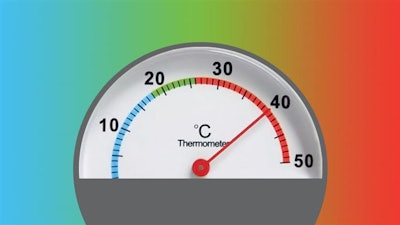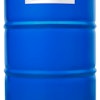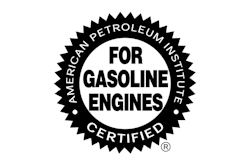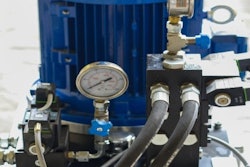
Article originally published on Noria.com
The primary physical characteristics of lubricants that are affected by temperature include viscosity, viscosity index, pour point and the base oil. Let's deal with these individually.
The viscosity of an oil has been said to be the most important consideration when selecting a lubricant. The viscosity of an oil is its ability to flow or its internal resistance to flow.
For example, when an oil film forms between a bearing and a shaft, some of the oil's molecules are attracted to the surface of the shaft, while other oil molecules are attracted to the bearing surface.
This is called the shear rate and is directly affected by the oil's viscosity and operating temperatures. A multi-grade oil with a lower (thinner) viscosity will generally have a higher potential shear rate, while a single viscosity oil will generally have a lower potential shear rate.
(more on how temperature affects the other characteristics of lubricants...)


















